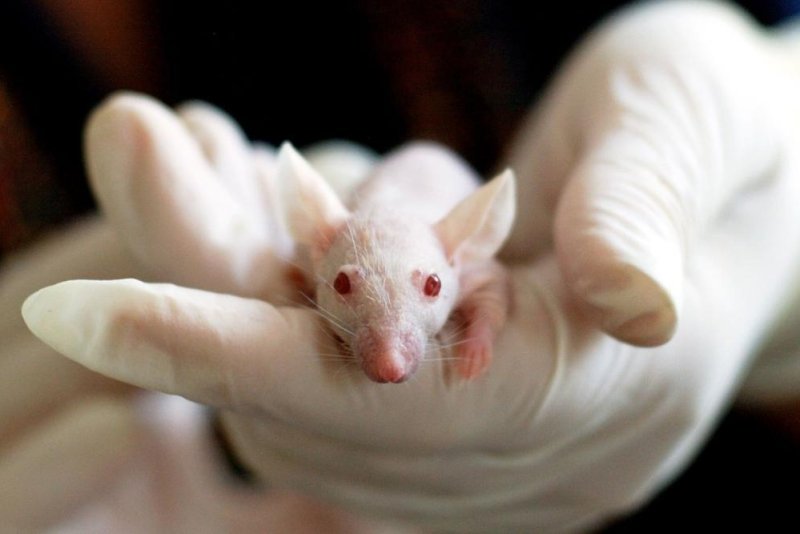Scientists tested two different sleep-related mutations, one marked by excessive sleep, and the other by a complete lack of REM sleep. Photo by
tiburi/Pixabay
CHEVY CHASE, Md., Nov. 3 (UPI) -- Scientists at the Howard Hughes Medical Institute say they have taken a step toward unraveling the mystery of sleep using a mouse model study.
In a study seeking to uncover the function and physiology of an activity humans spend one-third of their lives doing, a research team conducted genetic screen for sleep defects in mice and identified two mutants.
The first was referred to as "Sleepy," which sleeps excessively, while the second was called "Dreamless," and lacked rapid eye movement, or REM, sleep.
The research team introduced the genetic mutations at random to over 8,000 mice, and examined them using electroencephalography, or EEG. The findings were published in the journal Nature.
"The barrier in the past has been that it's a very laborious process. To do a genetic screen, you should be prepared to screen thousands of animals before you find something interesting, and most people are just not willing to measure EEGs in thousands of mice," study author Masashi Yanagisawa explained in a press release.
Investigators discovered "sleepy" mice carried a mutation in the Sik3 kinase gene, and required roughly one-third more sleep than normal mice. While the team believed a circadian rhythm disturbance might be the culprit, they were unable to identify any abnormalities. "Dreamless" mice carried a mutation in a sodium channel previously known to regulate neuronal excitability. Researchers concluded their mutation prompted excessive excitability.
"Sleep need still remains a mystery, but what we hope is that this kinase is maybe the key, the initial key to this big door," Yanagisawa added. "We really hope that this is opening up some mysteries."















